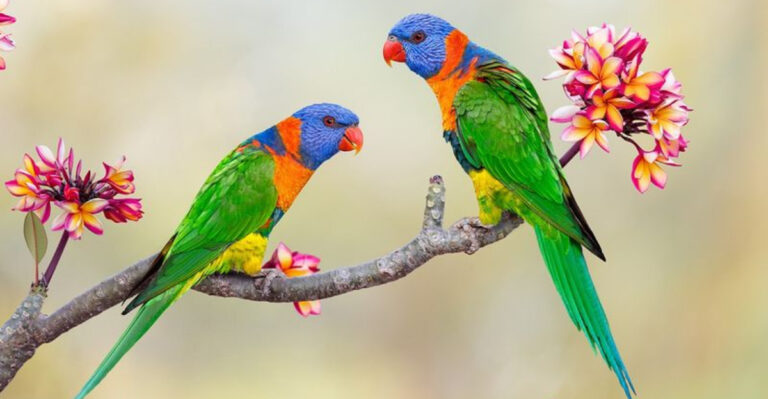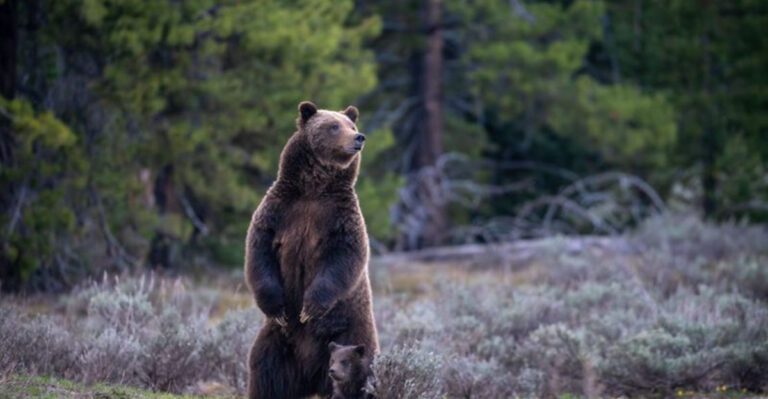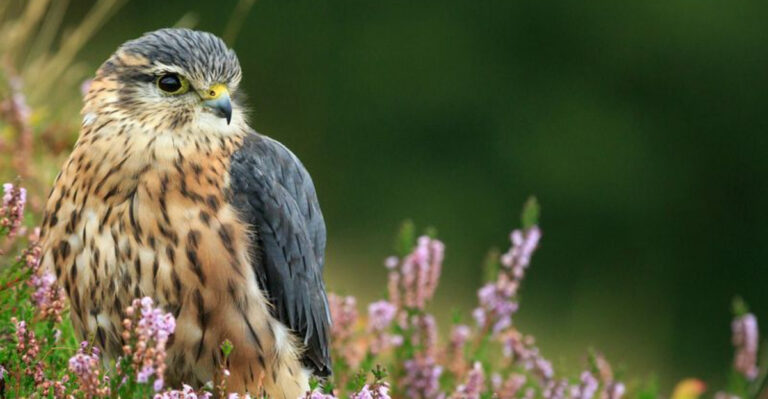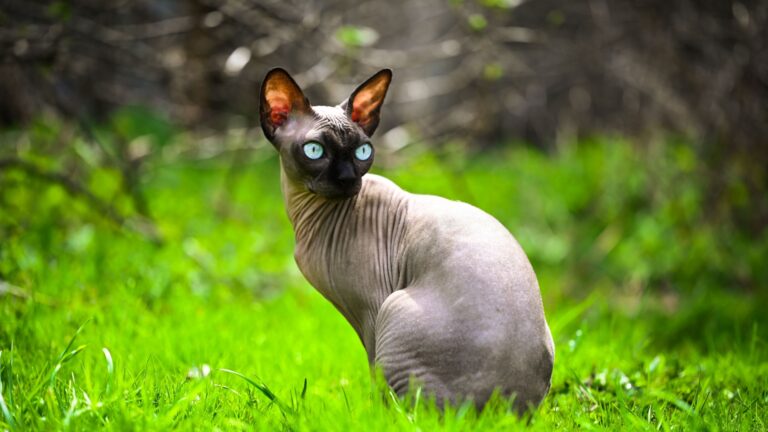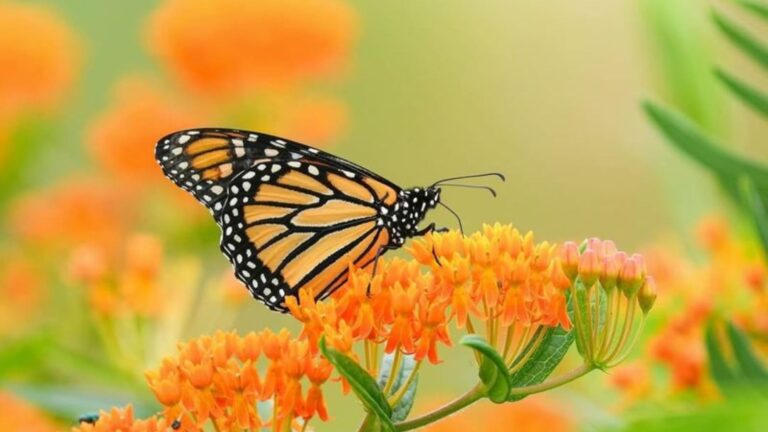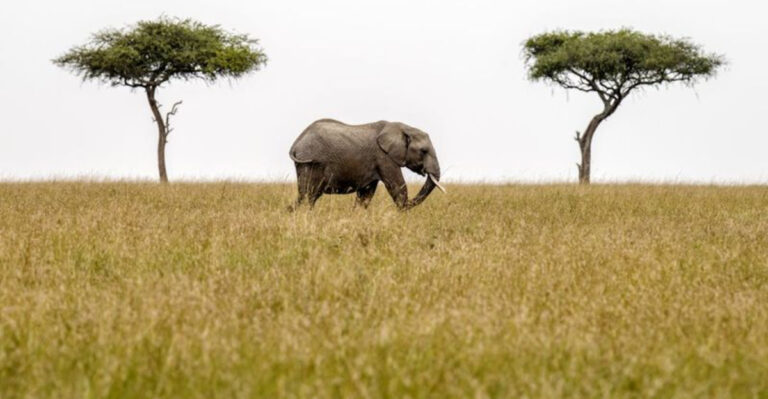9 Black Snakes That Could Be Dangerous And 4 That You Don’t Have To Fear
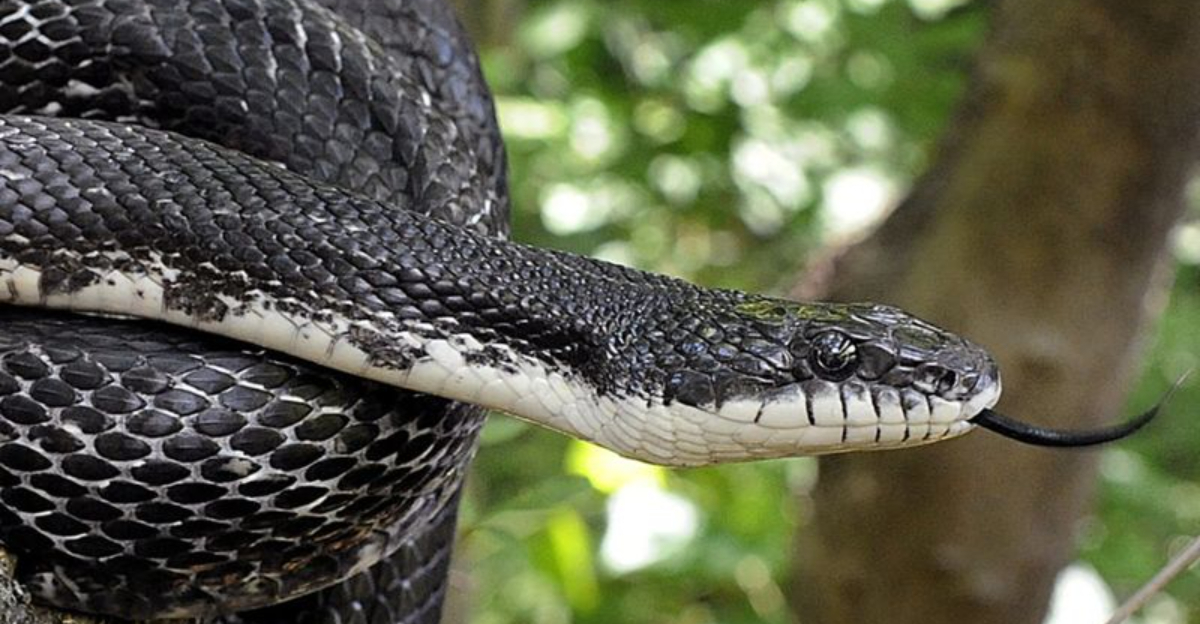
Ever spotted a dark, slithering creature in your garden and felt your heart skip a beat? Black snakes often get a bad rap, but not all of them deserve their scary reputation.
Some can deliver dangerous, even deadly venom, while others are harmless helpers that actually keep more dangerous pests away from your home.
1. Black Mamba
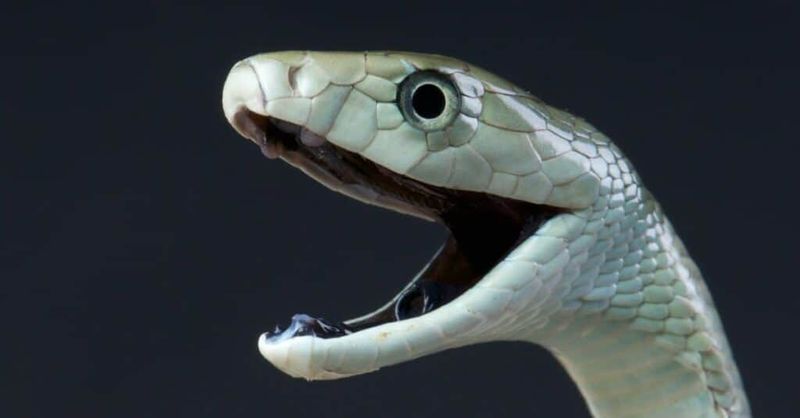
Don’t let the name fool you! Despite being called ‘black,’ these notorious snakes are actually grayish-brown on the outside. The ‘black’ refers to the color inside their mouths, which they display when threatened.
Found across sub-Saharan Africa, black mambas are incredibly fast and possess highly toxic venom. One bite can deliver enough venom to kill several adults if left untreated.
2. Eastern Brown Snake
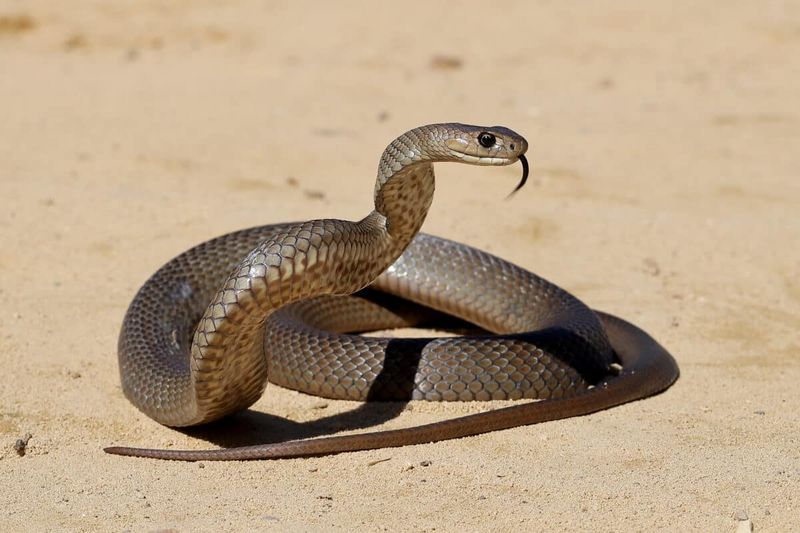
Sunbathing on Australian soil might bring you face-to-face with this deadly reptile. While not always purely black (they range from tan to nearly black), eastern browns pack the second-most potent venom of any land snake.
Responsible for more snake-bite deaths in Australia than any other species, these nervous creatures strike when cornered. Their venom works quickly, affecting blood clotting and the nervous system.
3. King Cobra
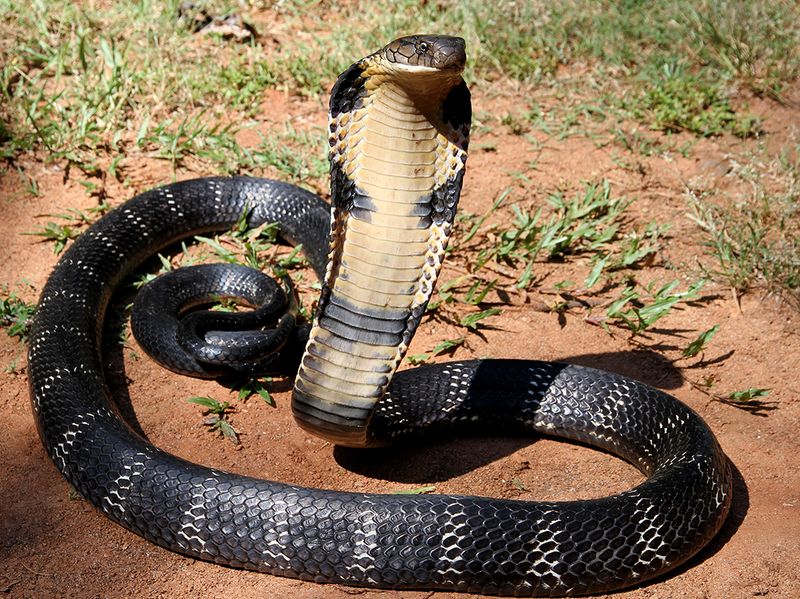
Raising its hood to an impressive height, the king cobra commands respect as the world’s longest venomous snake. Dark-colored specimens appear almost completely black, creating an intimidating silhouette.
A single bite from this forest-dwelling giant delivers enough neurotoxin to kill an elephant. Despite their deadly reputation, king cobras typically avoid humans unless provoked or cornered.
4. Black Tiger Snake
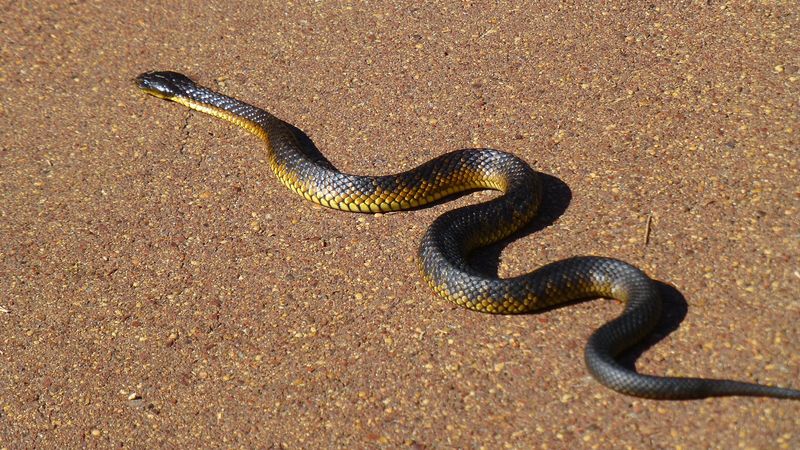
Sporting distinctive bands that can sometimes appear nearly invisible on their jet-black bodies, these Australian natives don’t mess around. Their name comes from the tiger-like yellow bands that may be present on some specimens.
When threatened, tiger snakes flatten their necks and raise their heads in a cobra-like display. Their venom causes blood clotting disorders, muscle damage, and paralysis – requiring immediate medical attention.
5. Southern Black Racer
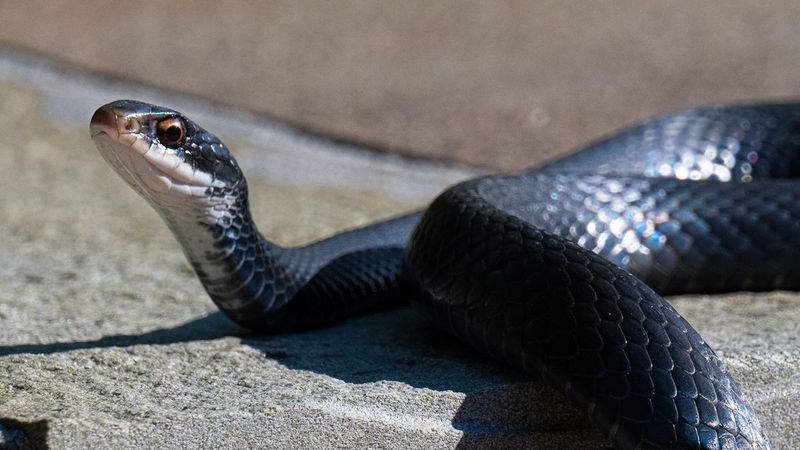
Zooming through the southeastern United States faster than you can say “snake,” the southern black racer lives up to its name. These glossy black speedsters can travel up to 4 mph – practically lightning speed in the snake world!
While they might look intimidating with their inky color and quick movements, racers are actually harmless to humans. They’re non-venomous and typically flee rather than fight when encountered.
6. Black Taipan
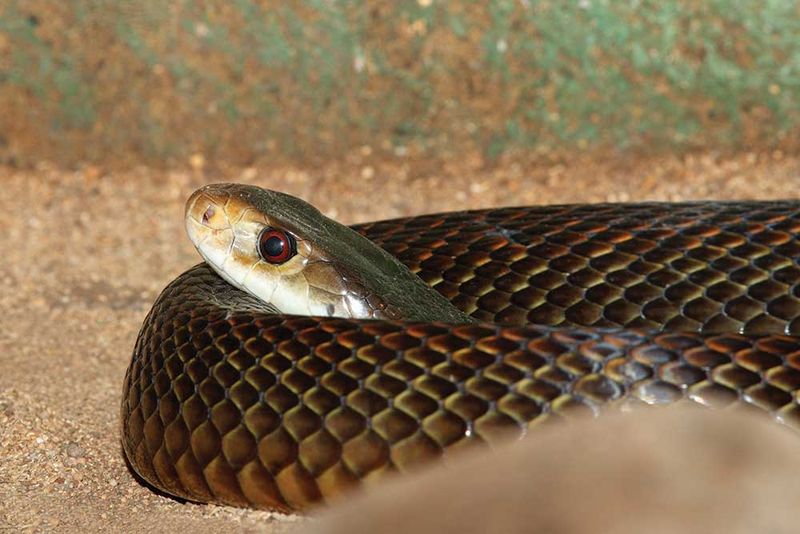
Fear runs deep among Australians who encounter the rare black taipan. Also known as the coastal taipan, darker specimens appear almost jet black, making them even more intimidating.
Armed with the longest fangs of any Australian snake and devastatingly potent venom, one bite can deliver enough toxin to kill 100 adult humans. Before antivenom was developed, the mortality rate from taipan bites approached 100%.
7. Black Rat Snake
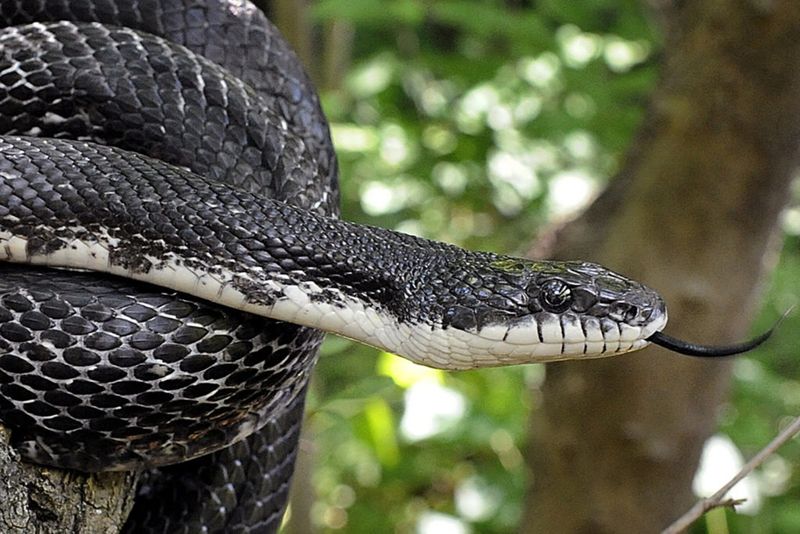
Garden guardians with a taste for rodents, these large constrictors are the unsung heroes of many North American backyards. Growing up to 8 feet long, their impressive size often causes unnecessary panic.
Black rat snakes are completely harmless to humans and actually beneficial – they keep rodent populations in check. When frightened, they may vibrate their tails against leaves, mimicking a rattlesnake, but it’s all bluff.
8. Black Forest Cobra
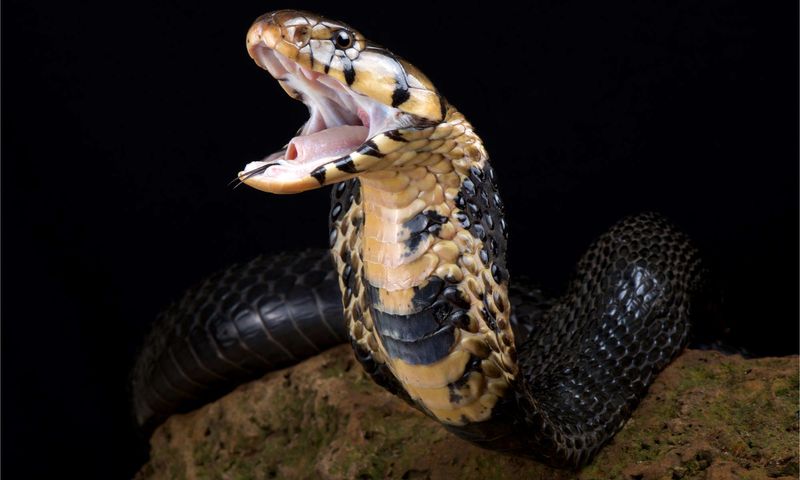
Lurking in the dense forests of Central and Western Africa, these glossy black serpents prefer to avoid human contact. When cornered, however, they’ll display an impressive hood and strike with deadly precision.
Their potent neurotoxic venom can cause respiratory failure within hours. Forest cobras are excellent climbers and swimmers, making them versatile hunters. Locals fear them for good reason – they’re responsible for numerous fatalities each year.
9. Black-necked Spitting Cobra
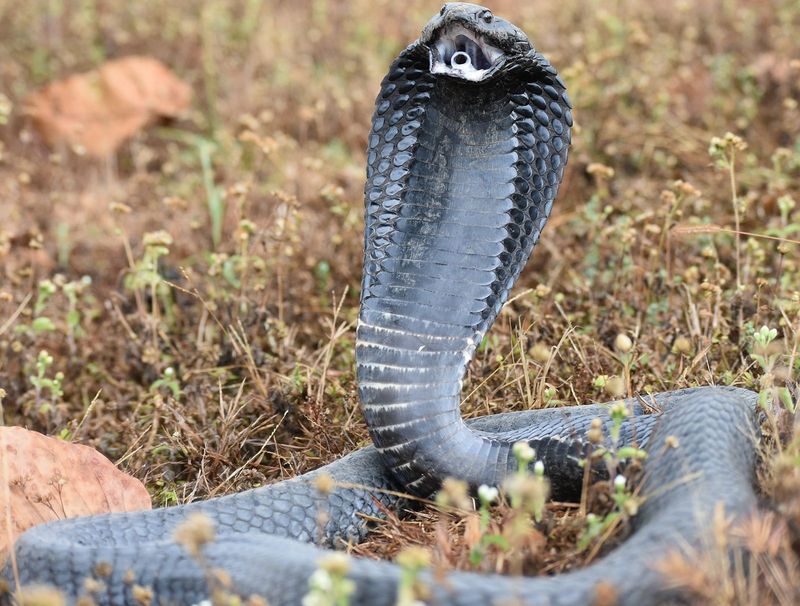
Talk about a snake with attitude! These African cobras don’t just bite – they can accurately spray venom up to 8 feet, aiming for the eyes of threats. The burning pain from this venom can cause temporary or even permanent blindness.
Sporting a distinctive black neck band on an otherwise variable-colored body, these defensive snakes would rather spit than bite. However, their venomous bite remains potentially lethal if medical treatment isn’t received quickly.
10. Ring-necked Snake
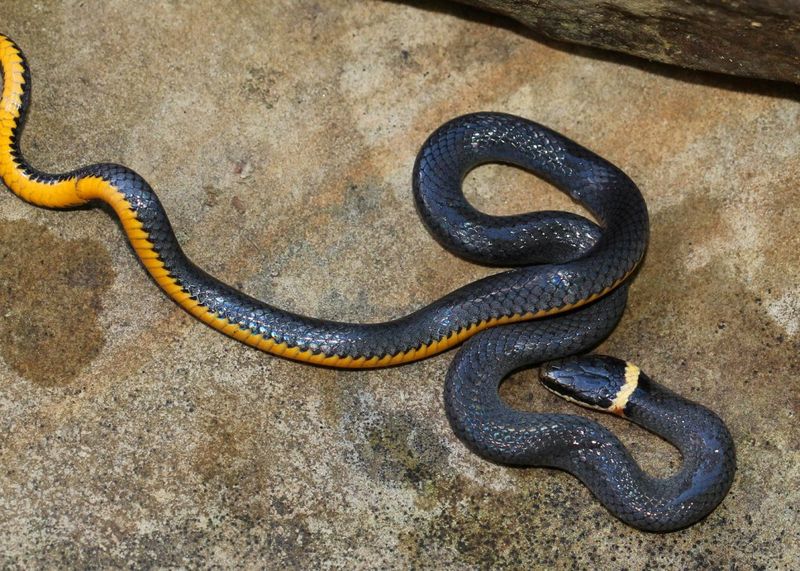
Jewelry enthusiasts might appreciate this snake’s natural necklace – a vibrant yellow-orange ring around its neck that contrasts beautifully with its black body. These tiny reptiles rarely grow longer than 15 inches.
Completely harmless to humans, ring-necked snakes are shy creatures that spend most of their time hiding under rocks and logs. When handled, they might release a musky odor or show their bright red belly as a warning display.
11. Mexican Black Kingsnake
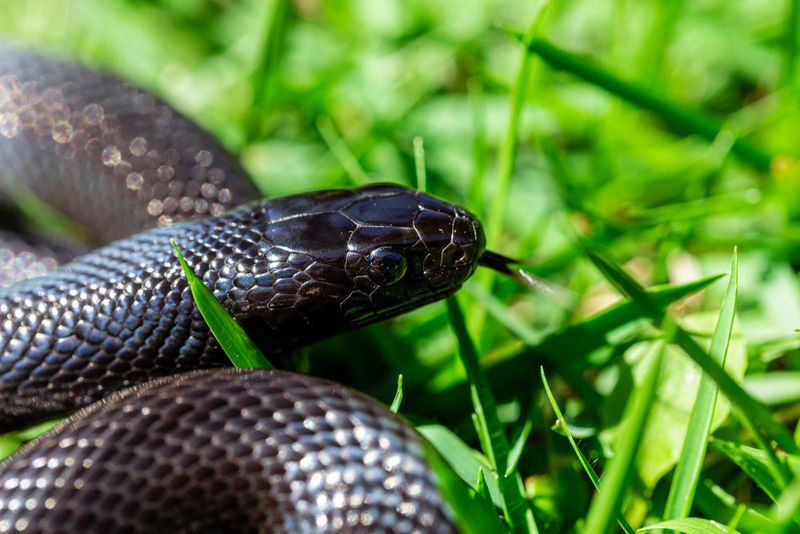
Wrapped in scales so shiny they almost look wet, these jet-black beauties are popular in the pet trade for their striking appearance and docile nature. Their lustrous scales reflect light in a way that reveals subtle rainbow hues.
Completely harmless to humans, Mexican black kingsnakes are actually beneficial predators that eat venomous snakes, including rattlesnakes. They’re immune to the venom of their prey and use their powerful bodies to constrict victims.
12. Blue-bellied Black Snake
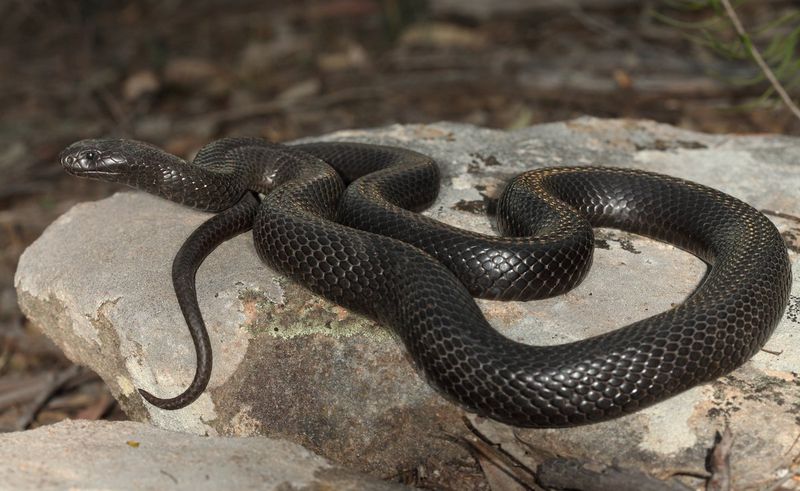
Flashing a brilliant blue belly when threatened, this Australian native has a secret weapon beyond its mild venom. The unexpected flash of color startles predators, buying precious escape time.
While technically venomous, blue-bellied black snakes rarely cause serious harm to humans. Their bites might cause localized pain and swelling but aren’t life-threatening. These shy reptiles prefer to flee rather than fight when encountered.
13. Eastern Indigo Snake
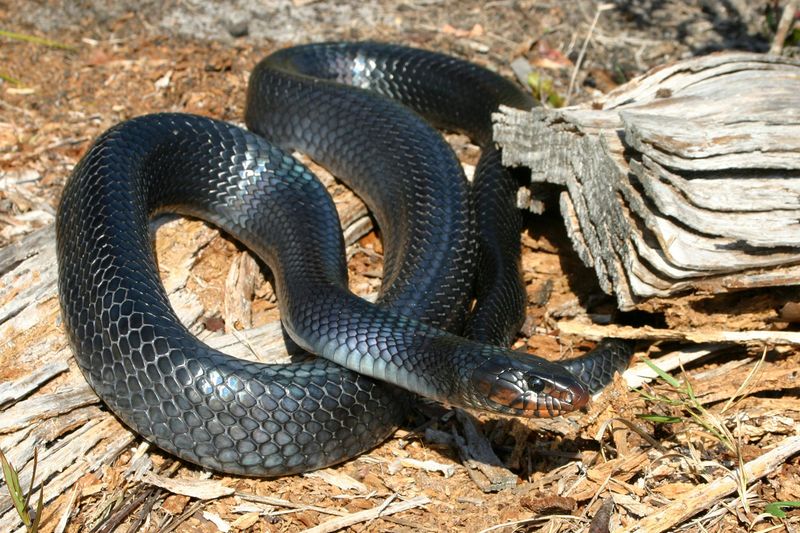
Royalty among reptiles, these gorgeous creatures shine with an iridescent blue-black hue in sunlight. As the longest native snake in North America, they can reach an impressive 8 feet in length.
Gentle giants of the snake world, eastern indigos are non-venomous and rarely bite even when handled. Protected by federal law due to their declining numbers, these beneficial predators help control rattlesnake populations by eating them. Conservation efforts continue to protect their dwindling habitats.

